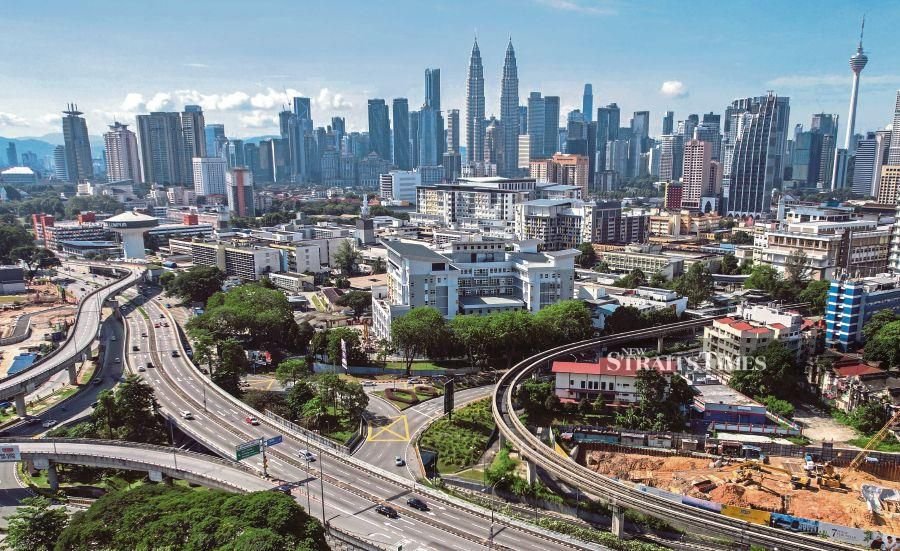
KUALA LUMPUR: The government must continue to implement austerity measures to help lighten the burden of the people amid concerns of a bigger bottom income group following inflation and the rising cost of living.
Putra Business School associate professor Dr Ahmed Razman Abdul Latif said the Covid-19 pandemic, coupled with inflation and the rising cost of living, would expand the B40 group even further.
“The reality is that the B40 group could now become B60. It means, that 60 per cent of the households will have an average monthly income of around or below RM5,000.
“If we were to look at the average household expenditure in the Klang Valley, the figure was between RM5,000 to RM6,000 a month,” he said.
The B40 group earns an average of RM4,849 (and below) a month.
Under the group, there are four categories; B1 with income below RM2,500; B1 (RM2,501 to RM3,169); B3 (RM3,170 to RM3,969) and B4 (RM3,970 to RM4,849).
He said while other countries had been providing monthly cash assistance, Malaysia needs to improvise its method to ensure the assistance reaches the target group.
This, he said, can be done through the existing technology, such as the MySejahtera.
“We can use the MySejahtera by creating an e-voucher within the application and linking it to the Bantuan Keluarga Malaysia (BKM) database.
“From there, we can already determine the people’s eligibility. A QR code within the application can then be used to purchase their daily necessities from selected shops.”
The shops can then redeem the total amount purchased by the group from the government, he added.
He said the government had the option of paying the merchants in cash or by trading it off with tax exemption measures, for example.
“By doing this, the government does not have to borrow to give cash, they can just use the vouchers electronically. This method could also encourage tax compliance from businesses.”
Asked for how long the assistance should be disbursed, Razman said the indicator should be based on the inflation rate.
“Once the inflation rate is lower or average salary has increased, we can start gradually reducing the assistance given.”
Yesterday, the Dewan Rakyat was told that the nation will likely see a bigger bottom income following inflation and the rising cost of living.
Deputy Domestic Trade and Consumer Affairs Minister Datuk Rosol Wahid in a reply to a question from Steven Choong Shiau Yoon (PBM-Tebrau) said it was likely for the T20 and M40 groups to shrink and the B40, the bottom income group in Malaysia, to become B60.
Meanwhile, economist Emeritus Professor Dr Barjoyai Bardai said with the current Poverty Line Income (PLI), which is RM2,208 per month, the number of hardcore poor had also increased.
He suggested the establishment of an endowment scheme to help the group.
“We need to create this, by investing some amount into it and subsequently help the group.”
Barjoyai said there should also be plans to provide upskilling or reskilling programmes to help improve their income.
“In most cases, the people have low income due to low productivity, because they are unskilled. We have to provide guidance through upskilling or reskilling programmes to increase productivity.”
He said it was important to help them to become independent and not just survive but flourish in the areas of business they were in.
He said at the same time, the government must also continue to implement austerity measures and ensure that the prices of basic food items remain under control to help minimise the people’s growing burden.
“Government must make efforts to ensure the prices of basic food items do not continue to be a burden to them.”
Barjoyai said based on research, the sudden increase in food prices could have come from the change in people’s spending habits.
“They have changed from cooking and eating at home to dine-out and ordering food. The surging demand for dine-out and ordering food has caused an increase in food prices. While food businesses are enjoying profit margin between 40-60 per cent, it is actually at the expense of the consumers.”
Source : New Straits Times








